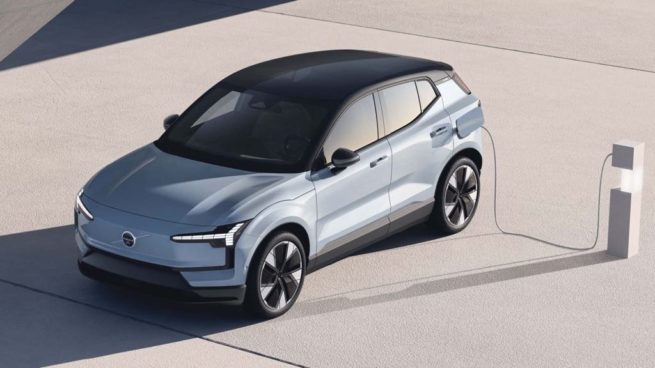Volvo will continue selling petrol and hybrid vehicles post 2030
Volvo has revised its strategy for transitioning to electric vehicles, backing away from its previous plan to phase out petrol and hybrid cars entirely by 2030. The automaker now aims for 90 to 100 percent of its global sales by the end of the decade to be comprised of electric or plug-in hybrid models. This shift comes amid slowing growth in the electric vehicle market and changing consumer demand.
Volvo originally outlined its ambition to become a fully electric car company by 2030 but the company now acknowledges that some mild hybrid models may still be available beyond that point, depending on market conditions. This decision reflects a broader trend in the automotive industry, where challenges like slower-than-expected EV adoption and infrastructure limitations are prompting manufacturers to adjust their electrification timelines.
The impact of Volvo’s revised strategy on Australia, where the company had planned to go fully electric by 2026, remains uncertain. The company has not yet clarified whether these plans will change but Volvo is expected to continue pushing for electrification with the development of new EV models. Currently, five new electric vehicles are in the pipeline, joining the lineup of existing electric models such as the EX90, EX30 and EM90.
Despite scaling back its electric-only goal, Volvo remains committed to reducing its carbon footprint, though it has also revised its targets in this area. The company now aims for a 65 to 75 percent reduction in CO2 emissions by 2030, down from the previously stated 75 percent. Likewise, its 2025 goal for a 40 percent reduction has been adjusted to a range of 30 to 35 percent.
Volvo’s updated stance mirrors actions taken by other automakers, including Mercedes-Benz, which has also softened its electric-only ambitions. While Volvo still believes in the long-term advantages of electric vehicles, it acknowledges that the transition will not be straightforward and will vary based on different market conditions and customer readiness.

